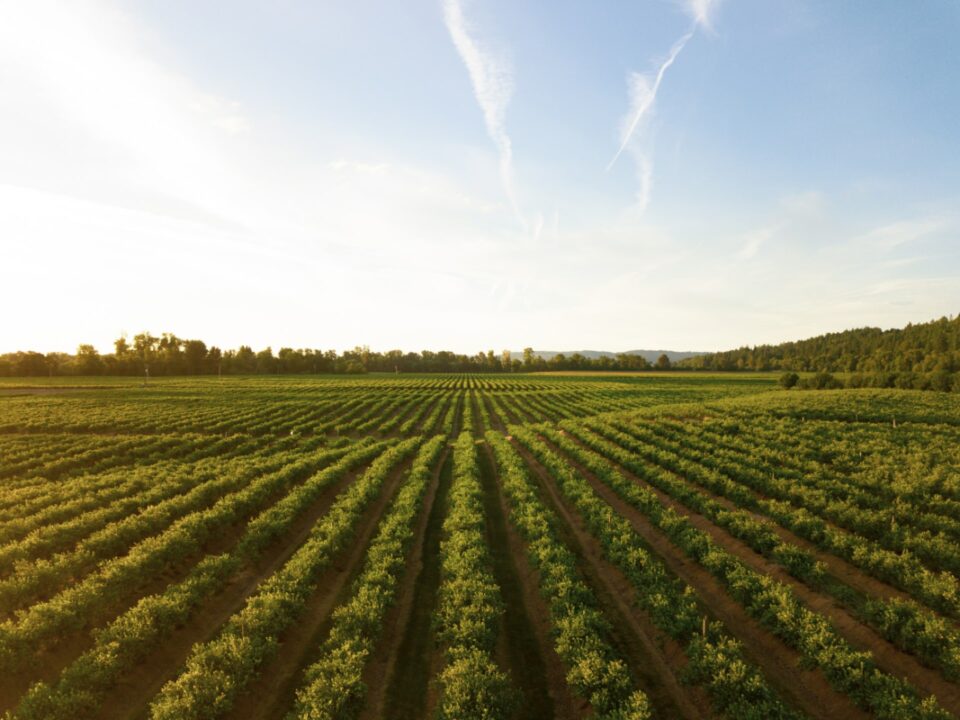Consumers are developing a greater interest in learning more about the origin of the product they purchase, including who was responsible for its creation and how it was grown. Farmers and ranchers realise there are advantages to cultivating a local product for their communities and reestablishing the consumer’s link to the land, which has been severed in many urban and suburban areas.
If you want your enterprise in sustainable agriculture to get off to a strong start, in the way that Alfie Oakes did, follow the steps listed below.
Establish aims and targets for yourself
First things first: if you want to start a business in sustainable agriculture, you need to choose the values that are most important to you, and then you need to set out your general goals or what you intend to achieve with your firm.
From these aims, precise, measurable targets should be derived. Measurability is the most important factor. It will be impossible to tell if you are on pace to achieve your goals if you do not have any measurable targets to base that assessment on.

Establishing goals and objectives might take some time, and making multiple modifications may be necessary before your ideal plan is realised. Even though these concepts will almost certainly undergo development as your company expands, the most important thing right now is to provide a solid foundation upon which to build.
Develop a strategy for your business
Creating a business strategy can help you identify potential barriers to success, such as high start-up expenses or limited market potential. If you want your strategy to work, you have to be truthful about the circumstances you find yourself in.
To successfully obtain a loan for financial investment, you must have a comprehensive business plan. Additionally, it will assist you in making important choices for your company.
Make a plan for the production

These things may help you decide which operation is the best use of your resources:
Weather/climate: It will be less risky to start with if you choose an operation that works with the way it rains and gets hot where you live. Find the best conditions for the plants or animals you want.
Type of soil: Be honest about the soil’s limits and how often it needs to be managed. This will help you avoid surprises after you have made the initial investments.
Water: Most farmers and ranchers use water from sources other than rain. Does the thing you are thinking about doing need a lot of water? Will you need to put water sources in more than one place on your land? Developing water can be pricey. Initially, you should know how much water you need and plan for it.
Quantity of production: You need to make enough to profit, but you do not want to grow too quickly and make mistakes that cost a lot of money. Also consider: what amount of a product fits the way of life you want to keep for your family? How much do you think you can handle? You can use this information in your business plan to estimate your annual gross income.
Land: Often, the land’s size determines what practises can be carried out. Think about whether your land is good for the practice and whether it is big enough to support it all year. If not, what options do you have for renting nearby land? Plan for the hardest years, like when there is a drought, so there is less risk once you get started.
